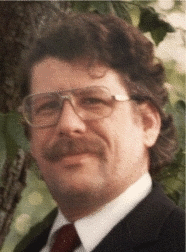Gray: creeds
Meditation:
“Of what value is an idol, since a man has carved it? Or an image that teaches lies? For he who makes it trusts in his own creation; he makes idols that cannot speak. Woe to him who says to wood, ‘Come to life!’ Or to lifeless stone, ‘Wake up!’ Can it give guidance? It is covered with gold and silver; there is no breath in it.”
—Habakkuk 2:18-19 (NIV)
Quotation:
[Continued from yesterday]
Because God has been so far from us, we feel the need to draw nigh to him. We use sacred word, sacred rite, and sacred music to celebrate his previous disclosures of his character and will for us. We perhaps await his further word and guidance. We certainly confess our faith that he is the answer or the resolution of our questions, the guide or the disturber of our conduct, the peace or the sword of our spirits. Confessions of faith tend to become specific and explicit. At their best, they win converts, rekindle loyalty, and place the confessors of creeds at the mercy and disposal of the almighty God. At their worst, creeds alienate the alien seeker in our midst, deaden our spontaneity, and protect us from adventuring beyond God’s previous calls. If the wideness of God’s possible revelations can be perverted into an idolatry of the world, the narrowness of an inflexible use of traditional forms of worship can also be perverted into its own kind of idolatry—the idolatry of book, altar, preacher, and propriety.
... Wallace Gray, “Philosophy and Worship”
Quiet time reflection:
Only You, Lord, can keep Your church safe from idolatry.
BDTC search script mobile
sub fb twt




